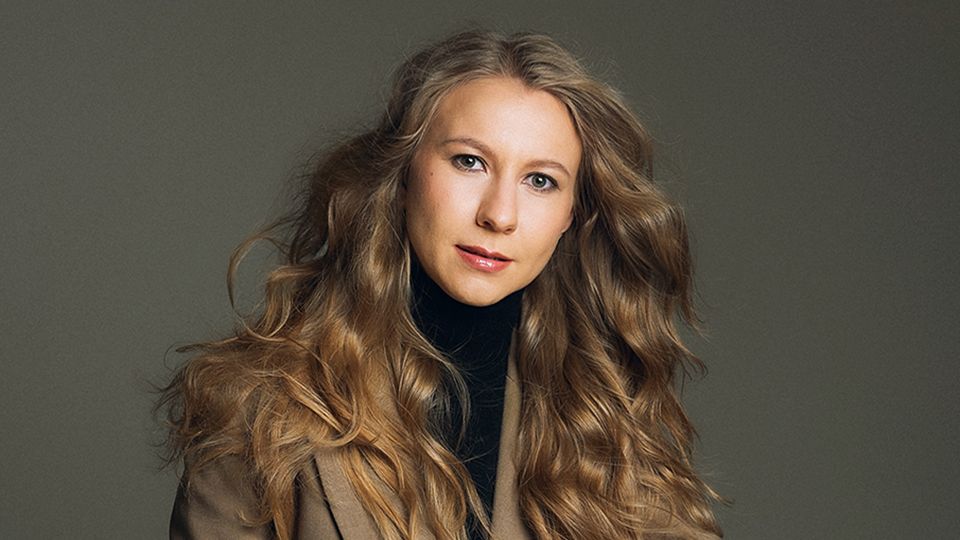Covid-19 has fundamentally altered the global paradigm, and its impacts are evident practically in every facet of our lives. The growing interest in social risk and human capital management, and enthusiasm for ESG and socially responsible investing, has increased worldwide.
In 2023, the majority of assets managed in Europe, comprising approximately €7trn out of a total of €12trn euros, were allocated to ESG funds or strategies with a sustainability-oriented emphasis.
As for asset management in this sector, various research studies show that women are even better investors than their male colleagues and have the ability to bring more profit. Given that, it is essential to have a deeper look at women in asset management and the existing gender gap in this industry.
Positive outcomes of women’s inclusion In asset management
First of all, women exhibit greater efficiency in any fund allocation. They perform better as investors, favouring a “buy and hold” strategy. In contrast with men, women show a reduced tendency to impulsive and emotional decision-making in the stock market, focusing on thoughtful decision-making.
More importantly, the surge of ESG-driven investments stemmed from women’s initiatives and served as one of the essential drivers for change. A study conducted by Goldman Sachs revealed, for the first time in 2020, European funds managed by female or mixed-gender teams outperformed those led exclusively by men. This event may serve as further evidence of women’s positive impact on the asset management industry, which stands out for raising gender diversity in the industry. Thus, the presence of women in this industry brings not only profit but also socially significant changes.
Nevertheless, even though the ESG investment sector is on the rise and women have confirmed their importance in it, it continues to be mostly male-dominated, with women constituting a minority among investors and asset managers. And even in 2023, the problem of the gender gap in this occupation still takes place. According to the 2023 data, it is verified that only 20% of portfolio managers in Spain and Italy are women, and only 5% of women occupy senior management roles. The statistics in the UK and the USA are even worse: 11.8% and 11%, respectively, of workers in this field are women.
Why does gender disparity still exist?
History lessons state that initially, any job was characterised by a dominant number of men engaged in all kinds of activities. The finance and asset management industries that emerged later were no exception. Certainly, the number of women in the sector is growing from year to year. Nevertheless, more time is needed to even out this imbalance.
In addition, the belief that investing is more of a “man’s job” still exists in society and, what is more, is very widespread around the world. On the other hand, this problem has deeper roots. Since ancient times, it has been considered right if a woman does housework and takes care of the whole family. This prejudice creates another impediment to having a full-time job outside the house.
This conviction prevents some women, despite their outstanding abilities, from starting a career in a particular financial environment or climbing the career ladder. Even if a woman gets a job at a company involved in finance, investment or asset management, she may still feel vulnerable because of the representation imbalance and lack of women in senior management or C-suite positions. Moreover, in particular, for starters, it is important to feel supported in a company and have a role model to look up to, and this is often complicated if there are no or few female representatives in the team.
How to tackle the problem of inequality
Reports on wealth management disclose a striking revelation: by 2025, an estimated 60% of the wealth in the UK will be controlled by women. Considering this fact, It is becoming more and more clear why the deep-rooted gender gap problem must be tackled.
The actions for addressing this point must be very concrete: asset management firms should proactively implement measures, such as enabling more women managers to oversee high-net-worth families, individuals, and foundations. A great example of this is The Diversity Project Europe (DPE). One of its fundamental goals is to build a more inclusive asset management industry across the region. Furthermore, this project assists companies in achieving a more gender balanced workforce and promotes social mobility among all genders. Our society does need way more of these illustrations to pave the way for women in the financial industry.
Thus, the main solution to this thorny issue is diversification, which is essential to the realms of investing and asset management. In embracing this, it becomes imperative to promote increased participation of women in asset management careers, ensuring equal opportunities for progress and cultivating an inclusive environment. Following the example of the DPE, in the long-run, the rise of women recognition will be expected and the structural barrier of gender imbalance will be eliminated. This implies introducing training programs to address biases and stereotypes related to gender in hiring, promotions, and decision-making processes, as well as support for women to pursue careers in finance and asset allocation.
These critical measures are pivotal in advancing gender equality within the industry. Beyond women being advantageous for the sector, they are crucial for fortifying and enhancing the resilience of the asset management framework, especially investments related to ESG. The earlier prominent companies realise the significance of augmenting the female workforce, the more advantageous it will be for their long-term profitability.








